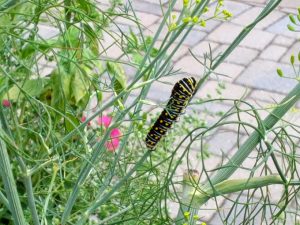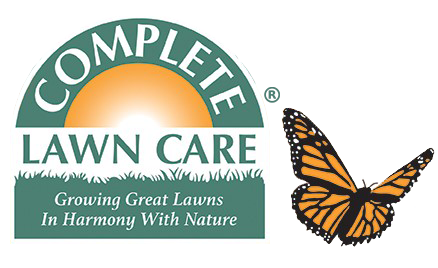Pollination is a fundamental part of a healthy ecosystem. Some plants are self-pollinated, some are wind-pollinated, and a large majority requires help from pollinators in order to fully blossom. Unfortunately, evidence hints at diminished populations of pollinators, due to a variety of possible explanations, but primarily linked to habitat loss and non-diverse pollen sources that are common in agricultural settings. Also, parasites, disease, and environmental stress may be significant factors. If the decline persists, it could lead to a major disruption of crop production and a loss of many of our favorite foods. How can you help? Learn how to safely attract pollinators to your garden.
What exactly is pollination?
Pollination is a process that transfers pollen from the male organ (anthers) of a flower to the female organ (stigma) of the same flower or another flower of the same species. The primary objective of every living thing is to reproduce, and one of the key ways plants do so is through successful pollination.
Who are the pollinators?
While some plants are able to successfully pollinate on their own or through the help of wind, about 3/4 of the world’s flowering plants, as well as about 35% of the world’s food crops depend on pollinators to reproduce. Bees are the most vital biotic agents, but butterflies, moths, hummingbirds, bats, flies, and beetles also contribute to the pollinator population.
How can you attract them to your garden?
“If you create it, they will come.” Because loss of habitat plays such a large role in the decline of pollinators, you can make a big difference in their survival by creating areas in your yard (even on a balcony, roof or paved area) with plants that provide the nectar and pollen these insects need. But, there is more to it than just plants. By adding a water source and shelter, you can attract even more beneficial insects.
- Native Plants – Native plants offer many benefits to the pollinators that have adapted to them. However, other native species have adapted to native plants as well–think whitetail deer! Many of the best native plants for pollinators are also preferred food sources for out exploding native deer population. With this in mind, you may need to install a protective deer fence or diversify your plantings to include species that deer don’t prefer. Consult a pollinator specialist at Complete Lawn Care for more information on choosing the right plants for the DC Metro area and your yard.
- Pesticides – All pesticides can be harmful to pollinators, this includes organic pesticides if used inappropriately. Using Integrated Pest Management (IPM) to control pest problems makes sense, but you should never use pesticides in gardens where you are trying to attract pollinators.
- Food, Shelter & Water – Pollinators are living organisms, and therefore need the basic necessities that other living things needs: food, shelter, and water. Consider adding a shallow dish, birdbath, or fountain to your garden to supply visitors with water to survive. Shelter is needed for pollinators to safely place their eggs, raise their young, and hide from predators. Sufficient shelter includes birdhouses, bat houses, native bee boards or boxes, trees, shrubs, grasses, and weeds.
- Diversify – Use a wide diversity of plants that bloom from early spring to late fall. There should be a variety of plant shapes, colors, and sizes to attract all different types of pollinators. Make sure to plant clusters of 3 to 5 plants so that they are easier for pollinators to locate.
Turn part of your yard into a garden for pollinators. “If you create it, they will come.” The professionals at Complete Lawn Care can help you safely attract more pollinators to your lawn and garden. Contact us today to learn more!
